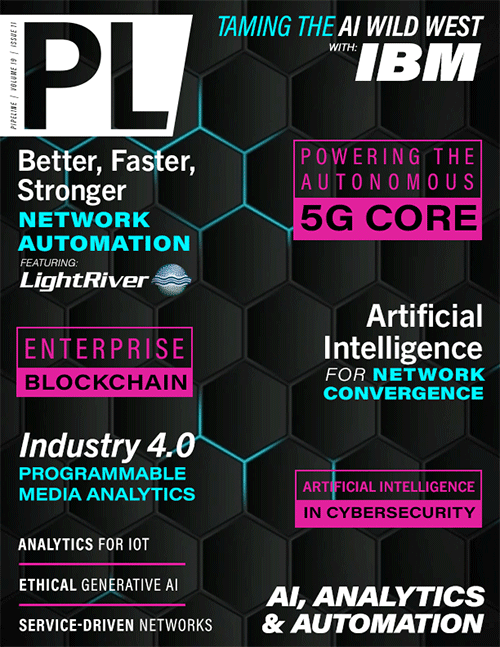Unlocking Blockchain Data For Enterprises
By: Jan-Jaap Jager

How can enterprises access blockchain data?
Since the inception of Bitcoin in 2009 and the
subsequent proliferation of cryptocurrencies, blockchain has become a huge network and resource for businesses. The data that a blockchain records contains valuable information regarding tasks
and transactions. All transactions are sent to pools where they are stored, until a validator picks them up. This means that the history of transactions are transparent and irreversible. But are
enterprises using this data sufficiently? And what benefits can be found by engaging with this huge, potentially untapped data set?
Why would enterprises be interested in this data?
This huge ledger of information relating to both prices and product movement can be useful to enterprises in a number of ways. By accessing these huge amounts of data, organizations can find ways to administer the data infrastructure behind their enterprise. This includes both data lakes and nodes. Data lakes can be of use to a business because they are centralized repositories of data in their raw and original format. They can involve any number of different types of files including text files, PDFs, and audio files. Nodes are network stakeholders that keep track of the blockchain’s ledger and confirm the legitimacy of network transactions. The system of nodes then broadcasts the different transactions to one another, creating a process of synchronicity.
This structure means that businesses can find a number of benefits in this data. There are a number of ways they can exploit this infrastructure and use the data access as a service. Firstly, businesses can securely store and transfer records, which is often cheaper than renting space in a data centre. So, for example, blockchain’s use as a means of storing health records might massively reduce the costs of a health business. It means that this data would be shared amongst patients and providers securely.
Considering blockchain data also helps with supply chain management. Supply chains are naturally a complex and timely aspect of most business logistics. Particularly when enterprises are operating across different countries or time zones. But a blockchain’s data brings transparency to the process and reduces many of the technology problems associated with gathering data across so many processes. It promotes transparency and reduces inefficiencies. For example, Walmart used blockchain to trace their food sources. Consequently, sourcing the location of mangos went from over six days to 2.2. seconds. This means that this reduction in time can have naturally profitable effects for an enterprise. Similarly, the use of the data can help to drive standards and quality control. For example, in the case of food stuffs, medicines, or other perishable goods, it can be used to ensure that goods are kept at the correct temperature. Examining this data then allows businesses to see where errors may be occurring, or standards are slipping, and make changes accordingly. In turn this means a better product, which can translate to greater customer retention or profit. It can also mean that businesses are able to authenticate products (ensuring against counterfeiting) or track attributes such as sustainability. These are attributes that consumers increasingly care about, so being able to deliver them grows more critical. Smart contracts streamline processes of working with partners or contractors, with self-fulfilling agreements that release payments upon both parties fulfilling the terms of their agreement. Once enterprises have established which particular benefits their data set offers, they can decide whether they wish to manage this infrastructure or to outsource the maintenance of that infrastructure.
The state of blockchain data
Blockchain technology is undeniably revolutionizing various sectors with its potential for transparency, security, and decentralization. Like any emergent technology, however, it comes with its unique set of challenges. One of the most pressing issues we face today is the extraction of data from smart contracts.
Due to the inherent design of blockchain, the data linked to a single smart contract is scattered across the entire chain. Without a straightforward method, tracking down all relevant transactions is a laborious, exhaustive process.
But this isn't the sole complexity. Each decentralized application—or Dapp—has its own distinct data format, introducing additional layers of complication. Further exacerbating the issue, different blockchains, notably those not based on the Ethereum Virtual Machine (EVM), employ diverse data storage systems. This variation makes it challenging to establish a one-size-fits-all technique for data extraction.



















